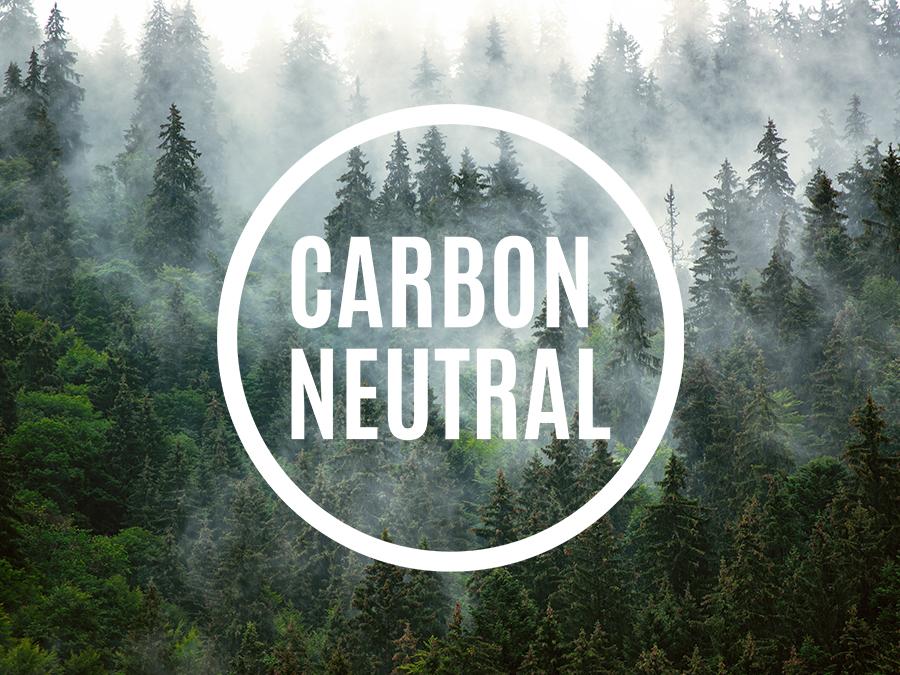WHEN WE SAY THAT WE’RE CARBON NEUTRAL – THIS IS WHAT WE MEAN.
Since Esse started, we have fought hard to hold true to a few basic values. One of these values is that we should do whatever we can to improve the condition of the planet that we call home.
There is no discord in the scientific community on global warming. Human activities release large quantities of carbon dioxide and other greenhouse gasses into the atmosphere and this is causing the planet to heat up. We can already see the impact on the environment but our children will see far more.
What is Esse’s role in this?
Esse currently buys carbon credits to offset its carbon emissions. That means that we are carbon neutral as a company. We cover the carbon emitted in the production processes behind our packaging and raw materials; we cover the carbon emitted in our employees’ travel and our use of power at the factory to produce the finished product. We also cover the carbon emitted in the transport of our products to Europe and Hong Kong … but there is a lot more to this story than meets the eye.
Esse is a long way from perfect. Most of us still drive to work in cars and many of us travel in airplanes. Many of our suppliers still use electricity supplied by burning coal and we still use plastic as closures or pumps for our glass packaging.
What are we doing to improve?
We’re moving off the grid for all our electricity supply at the factory to reduce our carbon footprint in South Africa, but the real impact lies in our supply chain.
There is a misconception that transport is the major factor in the carbon footprint of a finished product, but if you do a complete audit, you generally find that the carbon emissions lie deep in the supply chain.
Let’s take an example. We have chosen to use glass as our primary packaging material. This is a material that can be endlessly recycled and it fits well with our Cradle to Cradle philosophy but how do we calculate the carbon load associated with the packaging? Glass manufacture needs sand, limestone and soda ash. These are all minerals that are mined, transported and cleaned before they are used and there is a carbon load associated with this process. There will obviously be carbon emissions as these ingredients are heated to melting point to form glass and then kept hot as they are moulded.
Where do we start? Do we start when the guy that drives the excavator at the limestone mine gets into his car to go to work? That will burn carbon. This level of detail is almost impossible, so we use estimates of “embodied carbon” that are published each year. These tables estimate the quantity of carbon dioxide and other greenhouse gasses produced in all the processes of manufacture of 1 ton of glass and now it becomes possible for us to make a sensible estimate of the carbon footprint on the supply side.
Glass has an embodied carbon value of 1,44 kg of CO2 per kg of glass produced, which is pretty good. Polypropylene in comparison is 4,49 … so much more carbon is emitted to produce a kilogram of PP. Even paper is pretty high with a value of 3,73, so these things are not always intuitive.
This is a simplified chart of our embodied carbon emissions (so this only covers our main categories of inputs).

It turns out that our consumption of processed board to make cartons for the Esse products contributes the most to our carbon footprint. We have been working on ways to reduce this and we will be making significant changes to our packaging over the coming years.
There are other ways to look at this. One way is to compare Esse to the average company. The average company with the same number of employees and revenue as Esse emits 2918 tons of carbon per year and they don’t buy carbon credits to offset their emissions. Esse currently emits just below 300 tons … so we emit about one tenth of a “normal” company our size; and we purchase offsets.
Is “normal” the benchmark that we would like to use? We feel that we should be doing more and we will continue to reduce our carbon footprint until can become carbon positive. This will mean that Esse as a company actively reduces the level of carbon in the atmosphere and becomes part of the solution. We plan to do this by planting trees … lots of them. We’re also investigating other carbon sequestration options and we are hoping that we will be carbon positive before the end of next year.





